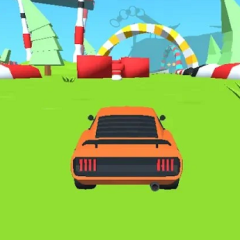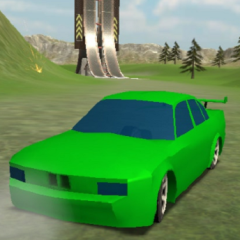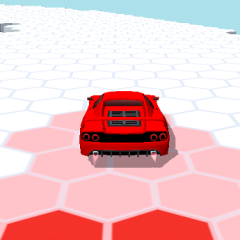Drive Mad is a physics-based driving game where the challenge comes not from speed, but from control. Players must guide oversized, unstable vehicles across narrow platforms, uneven terrain, and unpredictable obstacles. The controls are basic—accelerate, reverse, and tilt—but every movement affects the vehicle’s balance. The smallest error in timing or angle can cause the truck to flip, crash, or fall off the stage. Progress is about mastering the way the vehicle reacts under pressure, not racing against time.
Level Design and Increasing Difficulty
Each level presents a new kind of hazard: collapsing bridges, bouncing platforms, rotating blocks, or tight ramps that test both patience and precision. Some levels shift gravity or change the size of the wheels mid-run, forcing players to adapt in real time. There’s no standard racing layout—every stage is a puzzle that must be solved through trial, observation, and timing. Checkpoints are limited, and restarting is instant, creating a fast retry loop that pushes players to learn from every failure.
Visual Style and Replayability
Drive Mad uses a blocky, clean art style that keeps the focus on movement and mechanical feedback. Bright colors and exaggerated vehicle parts make crashes more satisfying and movements easier to read. The game rewards players for experimentation, and with dozens of unique levels, it offers ongoing challenge without repetition. No two tracks feel the same, and even completing a level doesn’t guarantee success on the next. The combination of unpredictable design and skill-based movement makes Drive Mad a test of control that grows more demanding the longer you play.















